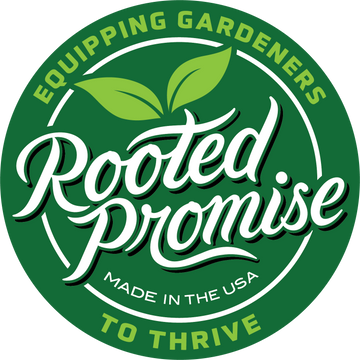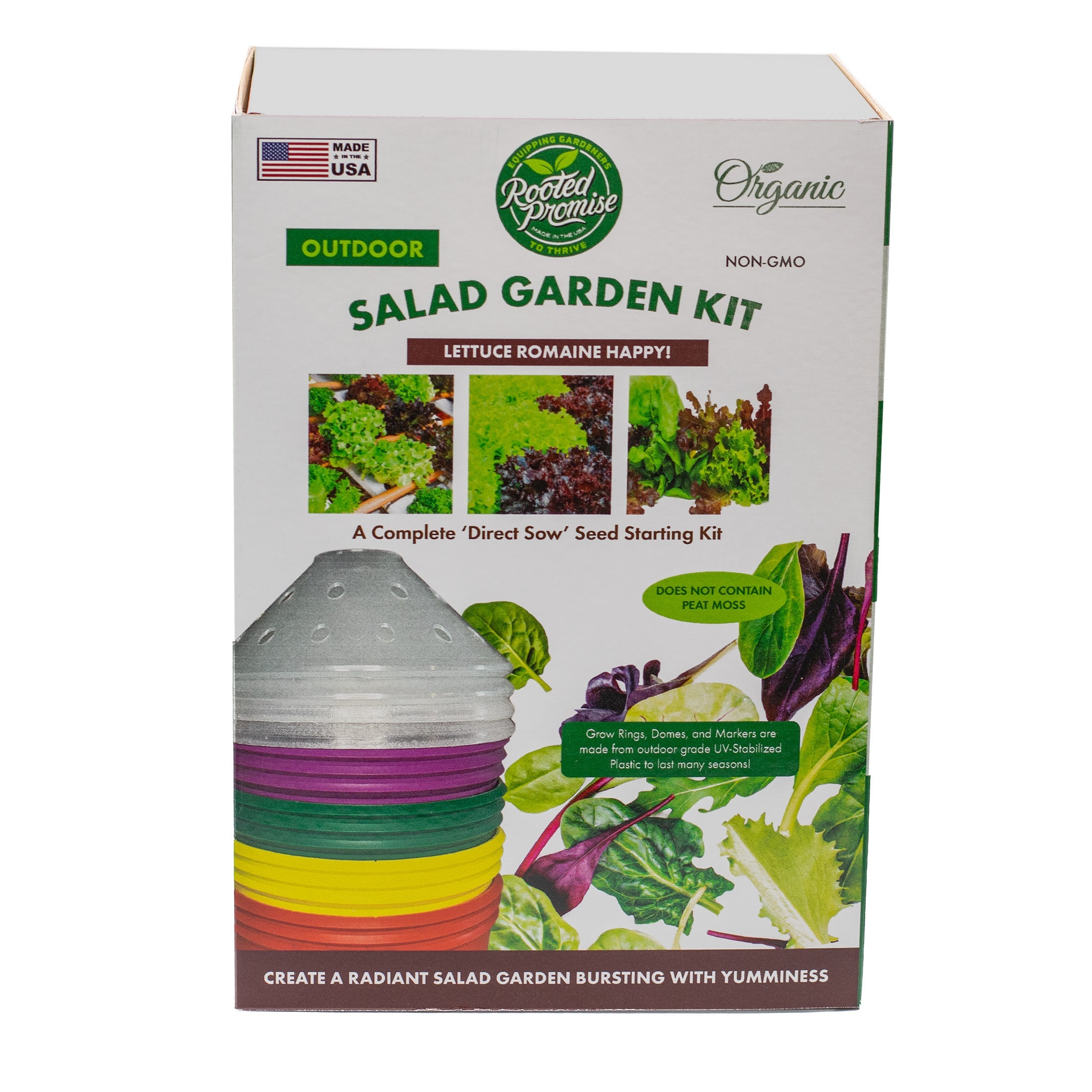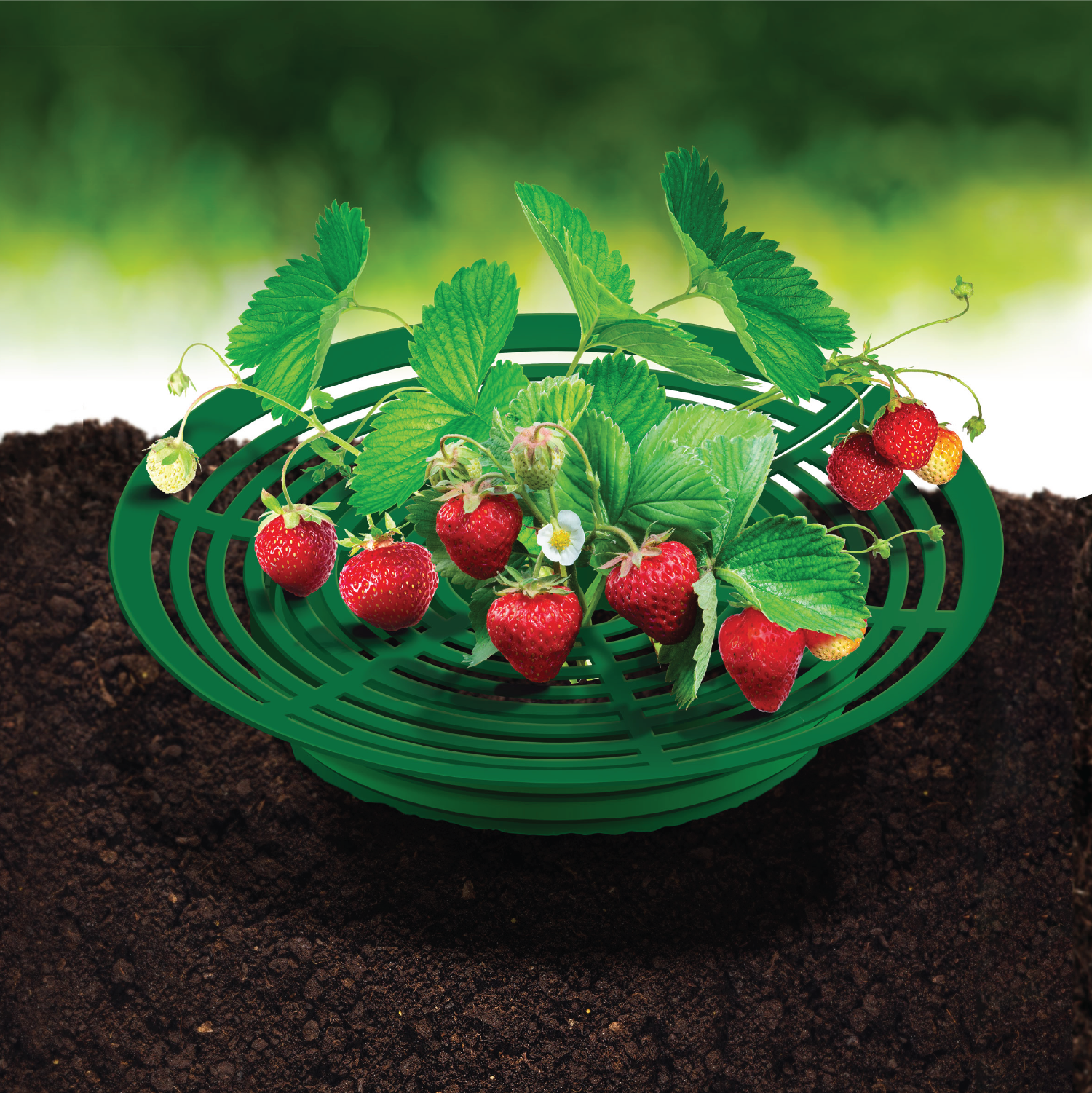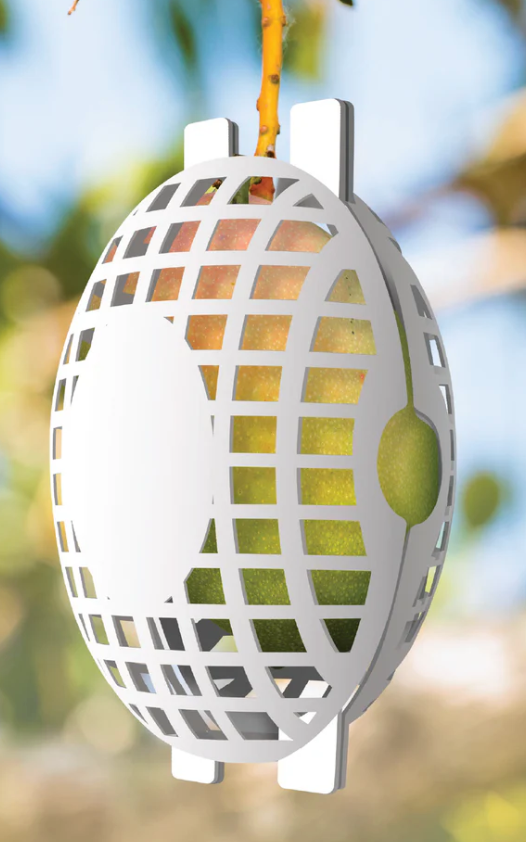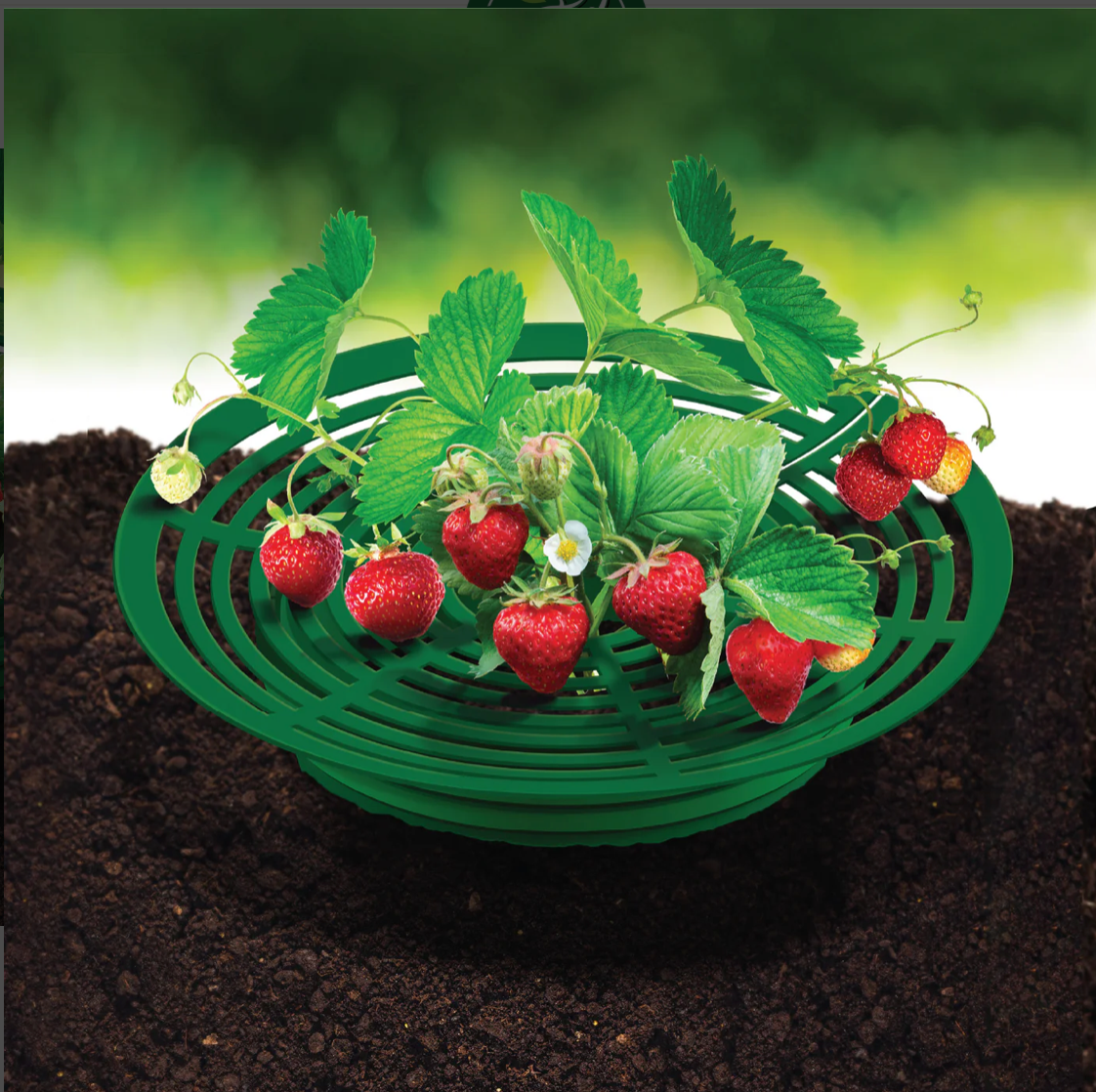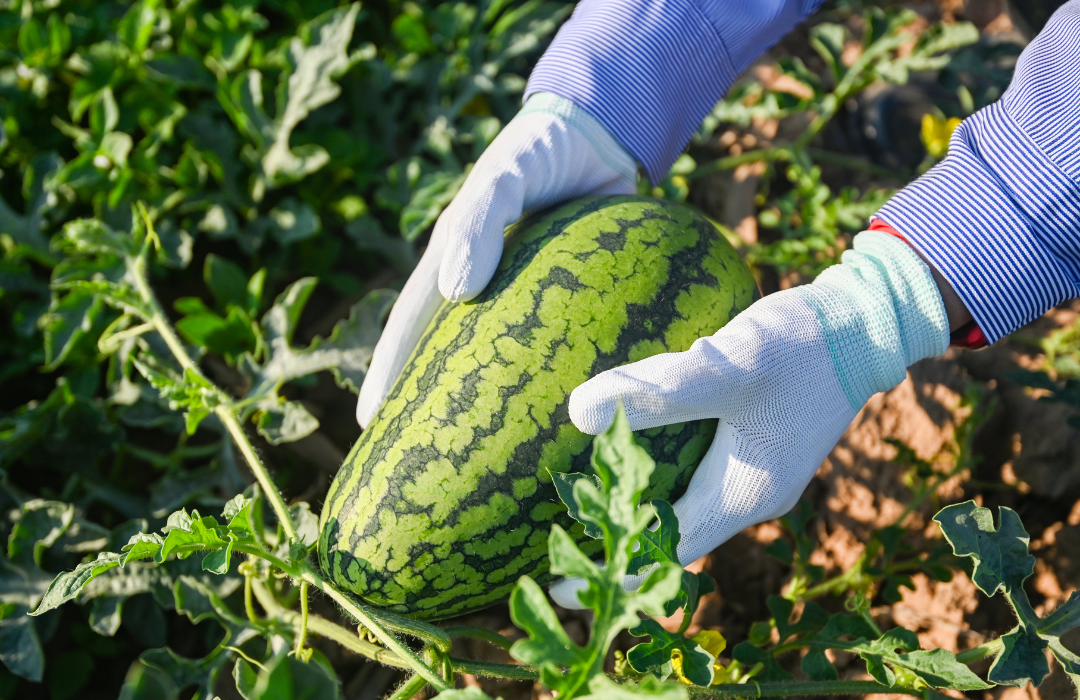Introduction
There's no better way to celebrate National stuffed green pepper day than cooking with your homegrown peppers. Growing bell peppers can seem challenging, but with the right secrets, you can transform your garden into a pepper paradise. So, what is the secret to growing bell peppers? Let's embark on this horticultural journey together.
Table of Content
-
The Ideal Growing Conditions
-
Choosing the Right Varieties
-
Preparing Your Soil
-
Planting and Spacing
-
Watering and Fertilizing
-
Pest and Disease Management
-
Harvesting Your Bell Peppers
-
Expert Tips for Success
-
FAQs About Growing Bell Peppers
-
Conclusion
The Ideal Growing Conditions
Bell peppers are like the Goldilocks of the plant world—they need conditions that are just right. These sun-loving vegetables thrive in warm temperatures, ideally between 70°F to 85°F. Anything below 55°F or above 90°F can stress the plants, much like how extreme weather affects us all.
Sunlight Requirements
Bell peppers crave sunlight. Ensure they get at least 6-8 hours of direct sunlight daily. This not only helps in photosynthesis but also keeps the plants healthy and vigorous.
Temperature Control
Temperature control is crucial. If you live in a cooler climate, consider using row covers or cloches to maintain warmth. Conversely, in hotter regions, providing some afternoon shade can prevent the plants from overheating.
Choosing the Right Varieties
Selecting the right variety is akin to choosing the perfect outfit for an occasion. There are numerous bell pepper varieties, each with unique flavors, colors, and growth habits. Popular choices include 'California Wonder,' 'Purple Beauty,' and 'Golden Bell.'
Preparing Your Soil
The secret to a bountiful bell pepper harvest lies beneath the surface—in the soil. Rich, well-drained soil with a pH level between 6.0 and 6.8 creates the ideal environment for these plants.
-
Soil Testing: Conduct a soil test to determine pH levels and nutrient content.
-
Amending the Soil: Add organic matter like compost or aged manure to improve soil structure and fertility.
-
Drainage: Ensure good drainage to avoid waterlogging, which can lead to root rot.
Planting and Spacing
You can start bell peppers from seeds or transplants.
Sowing Seeds vs. Transplants
Starting from seeds indoors about 8-10 weeks before the last frost date gives you a head start. Transplants should be planted outdoors after all danger of frost has passed.
Spacing Guidelines
Space plants about 18-24 inches apart in rows that are 24-36 inches apart. This spacing allows adequate airflow, reducing disease risks and giving each plant enough room to grow.
Watering and Fertilizing
Bell peppers need consistent moisture. Water deeply but infrequently to encourage deep root growth. Aim for 1-2 inches of water per week.
-
Mulching: Apply mulch around the base of the plants to retain moisture and regulate soil temperature.
-
Fertilization: Use a balanced fertilizer or one rich in phosphorus and potassium to promote flowering and fruiting.
Pest and Disease Management
Pests and diseases are the villains in our gardening story, but with vigilance and proper care, we can keep them at bay.
Common Pests
Aphids, spider mites, and cutworms are common foes. Regularly inspect your plants and use insecticidal soap or neem oil as needed.
Disease Prevention
Practice crop rotation and ensure good air circulation to prevent fungal diseases like powdery mildew and bacterial spots.
Harvesting Your Bell Peppers
The moment you've been waiting for—harvesting! Bell peppers are ready to pick when they reach their full size and desired color. Use a sharp knife or scissors to cut the peppers from the plant, leaving a small stem attached.
Expert Tips for Success
-
Companion Planting: Grow bell peppers alongside basil, oregano, or carrots to enhance growth and repel pests.
-
Pruning: Remove lower leaves to improve air circulation and reduce disease risk.
-
Staking: Support taller plants with stakes to prevent them from toppling over.
FAQs About Growing Bell Peppers
How long do bell peppers take to grow?
Bell peppers typically take 60-90 days from transplanting to harvest, depending on the variety and growing conditions.
Why are my bell peppers turning yellow?
This could be due to nutrient deficiencies or overwatering. Ensure your plants receive balanced nutrition and proper watering.
Can I grow bell peppers in containers?
Absolutely! Choose a container that's at least 12 inches deep and wide. Ensure it has good drainage holes and use high-quality potting mix.
Conclusion
Growing bell peppers can be a rewarding experience, transforming your garden into a colorful tapestry of delicious produce. By understanding their needs and providing optimal care, you can unlock the secret to thriving bell peppers. So why wait? Start planting today and enjoy the fruits of your labor!
For more detailed gardening tips, visit authoritative sources like the Gardening Know How, or consult the Agricultural University. For comprehensive advice on pest management, check out the insights from EPA Safe Pest Control.
Key Takeaways:
-
Bell peppers require specific growing conditions including warm temperatures and ample sunlight.
-
Selecting the right variety and preparing nutrient-rich soil are crucial steps.
-
Adequate watering, fertilizing, and pest management ensure healthy growth.
-
Harvest bell peppers when they reach full size and color for best flavor.
Now it's time to stuff and eat your delicious homegrown green peppers so that you can enjoy National stuffed green pepper day.!
